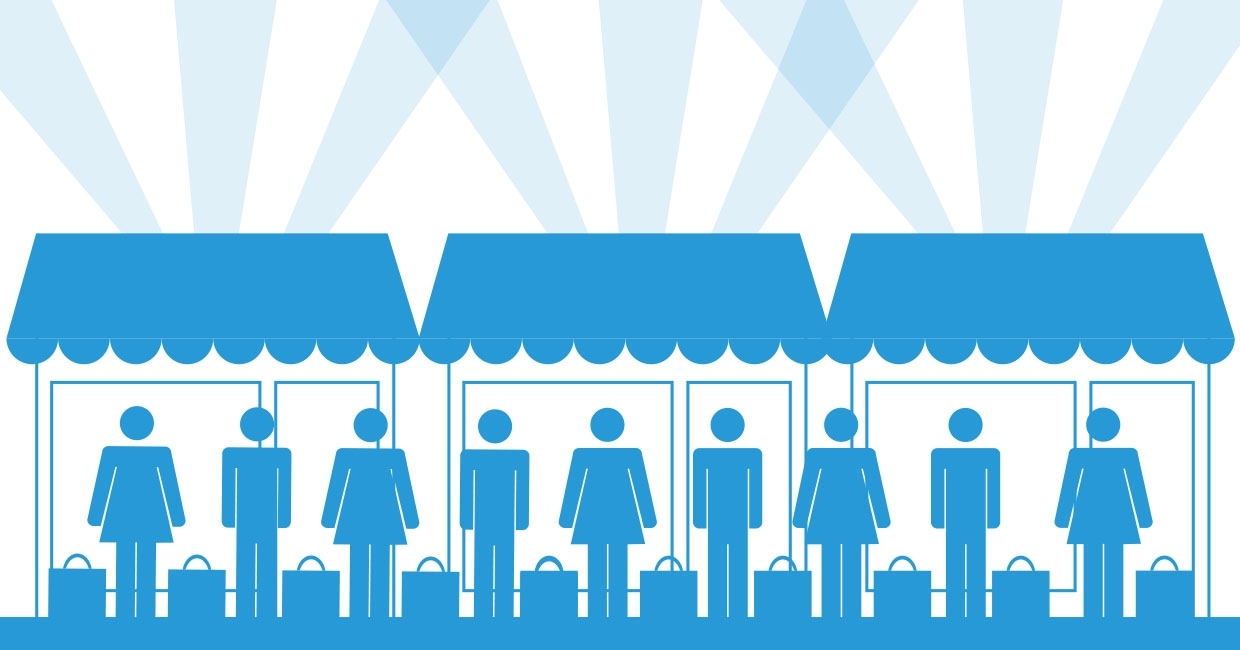Analysis released today by the Local Data Company (LDC) indicates that Britain’s retail and leisure sector is stabilising following the Covid-19 pandemic.
The research, which covers 2021, revealed the first half-year decline in vacancy rate since 2018, suggesting that the worst of the pandemic impact is over. The leisure sector led the way, with a record drop of -0.3% in H2 2021.
In H2 2021, the national vacancy rate declined by -0.1% from H1 2021, landing at 14.4%, from 14.5% in H1 2021. This is the first decline in the British vacancy rate since H1 2018, and the clearest indication of the stabilising market, states the LDC. Over the full year, however, the national vacancy rate increased by +0.7%, although this figure is still lower than expected given the lack of activity in the first three months due to the lockdown.
The retail vacancy rate hit a record high in 2021, but peaked in the first half of the year at 15.8%, with a -0.1% decrease recorded in H2 2021. The retail vacancy rate now sits at 15.7%. This figure looks set to decline further as more units are taken off the market for repurposing and retailers return to acquiring new sites.
The leisure sector shows promising signs of recovery, despite restrictions on hospitality continuing well into 2021, says LDC. The leisure vacancy rate dropped from 11.3% to 11.0% over 6 months— the largest decrease since records began in H1 2013. Expanding chain and independent F&B operators bolstered growth, while England’s run in the Euros, pent-up demand from the various lockdowns, and the return of office workers later in the year provided a further boost to hospitality venues.
Shopping centres, which had previously seen the greatest increase in vacancy since the onset of the pandemic, saw a reduction in vacancy rate of -0.3%, bringing the shopping centre vacancy figure back down to 19.1% at the end of 2021.
Retail parks saw a -0.2% decline in vacancy rate in the second half of 2021, continuing the trend of carrying the lowest vacancy rate of any location type since 2013.
High streets continued to prove more stable than other location types. The vacancy rate for high streets fell by -0.1% in H2 2021. However, high street vacancy rates were only up +2.3% on H2 2019, compared to increases of +3.2% for retail parks and +4.8% for shopping centres over the same period. This suggests that high streets were not as heavily impacted by Covid-19 as the other location types due to being less exposed to at-risk brands and having a higher percentage of independent occupiers which benefited from additional Government support throughout the pandemic.
Vacancy rates are not expected to return to pre-pandemic levels yet, but they are projected to decline further over 2022 due to the continued redevelopment and repurposing of retail space – 2021 saw a record jump in redevelopment activity, an increase of +49%, suggesting that the worst of the pandemic-related closures is over and the industry has shifted its focus from survival to recovery, says LDC.
LDC commercial director Lucy Stainton says: “This latest analysis is significant because the figures finally point to a reversal of the structural decline we had seen accelerate with the onset of the Covid-19 pandemic. Going into this, the physical retail market had already been plagued by a number of other headwinds such as online and digital adoption, but the coronavirus brought about long periods of restricted trading, and this proved insurmountable for many chains across both retail and hospitality.
“Vacancy rates peaked halfway through 2021 as a result of this but, as we come into 2022, these latest statistics are cause for cautious optimism, with the number of empty shops finally coming down as consumers return to high streets and shopping centres. Our analysis points towards this trend continuing as the final shakeout from various CVAs and insolvencies is hopefully behind us and independent operators continue to open new sites. With many chains re-looking at their strategy for growth, the independent sector proving buoyant and an unprecedented level of repurposing and redevelopment, we could be seeing the start of a new phase of physical retailing, and we will be tracking this very closely.”









